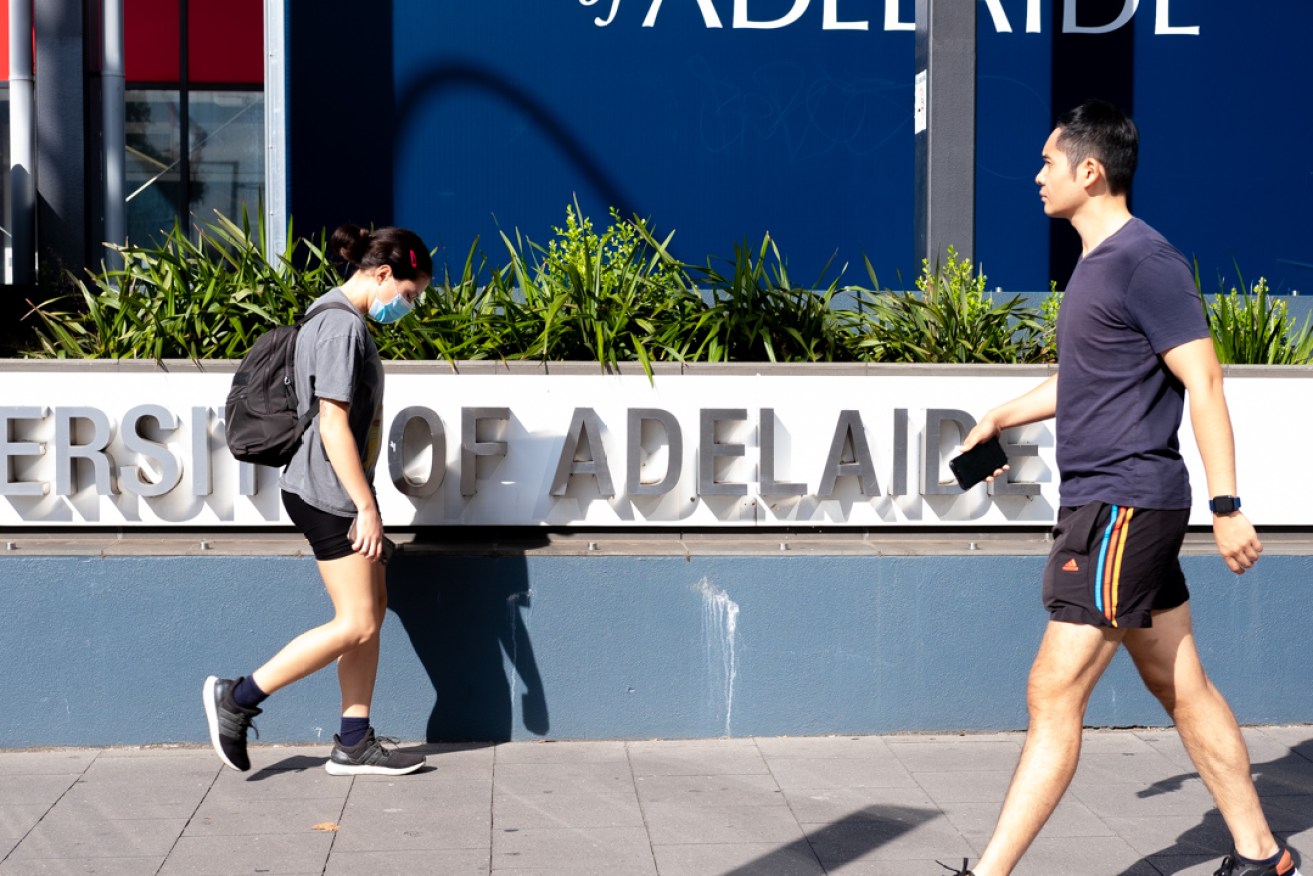Calls to change how HECS debts are repaid as costs grow
Spikes in student loan debt have sparked calls to reform HECS indexation.

More than 250,000 people have signed a petition in the past month demanding changes to the way university students are asked to repay tuition fees under the Higher Education Contribution Scheme (HECS).
Independent Member for Kooyong Monique Ryan posted the petition on Change.org on March 14, pointing out that last year more than a million Australians saw their HECS debt grow faster than it was being repaid.
Ryan attributes this to an “unfair indexation system”.
“The government got more money last year from our HECS debts than it did from its main fossil fuel tax.” she said.
So what is HECS and why are so many people looking for change?
Australia’s public student loan scheme HECS-HELP has been a source of anger for many students and graduates as they face significant debts that continue to rise.
The decision to index HECS loans to the Consumer Price Index (CPI) annually is adding thousands of dollars to repayments for many students.
About 7.1 per cent was added to loans last year under the indexation, and another hike will be decided in the coming months based on March quarter CPI.
Federal cross-benchers want the Albanese government to index HECS loans to the Wage Price Index which would mean smaller increases.
A similar reform was recommended by a review into the university sector last year, and it would restore a feature of the HECS scheme when debts were indexed to Average Weekly Earnings (AWE) – before Coalition changes in 2018.
RMIT University Professor Angel Zhong said that wage indexation could have immediate benefits to students and graduates because repayments would correspond to salaries.
“This approach acknowledges the economic challenges faced by graduates, potentially leading to a more equitable repayment system,” Zhong said.
“Lower-income graduates would experience reduced financial strain, and aligning repayments with wages growth could serve as an incentive for education and workforce engagement.”
What is HECS-HELP?
The HECS-HELP scheme is the cornerstone of Australia’s taxpayer funding for university education, allowing students to take out loans on the public purse for tertiary qualifications.
Crucially, repayments are income contingent, meaning debtors begin repaying on a scale that’s in tune with the income they’re receiving from employment, starting at $48,000 annually.
As of June last year, about 3 million Australians owed more than $74 billion under the program, making it one of the largest and fastest growing liabilities on the books of the federal government.
The amount each student owes to taxpayers has also been on the rise, with average loan sizes rising from $15,800 to $26,400 over the decade to 2022-23, according to government figures.
That’s perhaps unsurprising given the Coalition’s indexation changes in 2018, with average loan sizes increasing about $4000 since the move from average earnings to headline CPI growth.
With loans that large many Australians may question whether university is still worth it, though research indicates graduates receive a significant boost to their incomes.
For example, Grattan Institute estimates found graduates can be more than a million dollars better off over the course of their career than those without a degree.
Push to protect graduates
That gap has been shrinking though, partly because of a changing jobs market, but also because university is more costly and Coalition cuts have made loan repayments more aggressive.
And that’s a key reason why some politicians and advocates want the system reverted to an indexation that’s attached to earnings growth rather than inflation.
Zhong said that this is a “more equitable” method because it aligns the financial capacity of graduates (and broader economic conditions) with their repayments.
“This approach could maintain the manageability of loan repayments for borrowers, adjusting as the cost of living and wages fluctuate over time,” Zhong said.
“Should wages growth persistently surpass CPI inflation, borrowers might find themselves paying less throughout the duration of their loans in contrast to the existing system.”
It’s not completely clear cut though, because there is variation in wage growth across industries, meaning some graduates could see their loans rise as wages shoot up for their professions while others may not.
“Policy-makers must carefully assess the trade-offs involved and consider the long-term implications of such a shift,” Zhong said.
– TND




